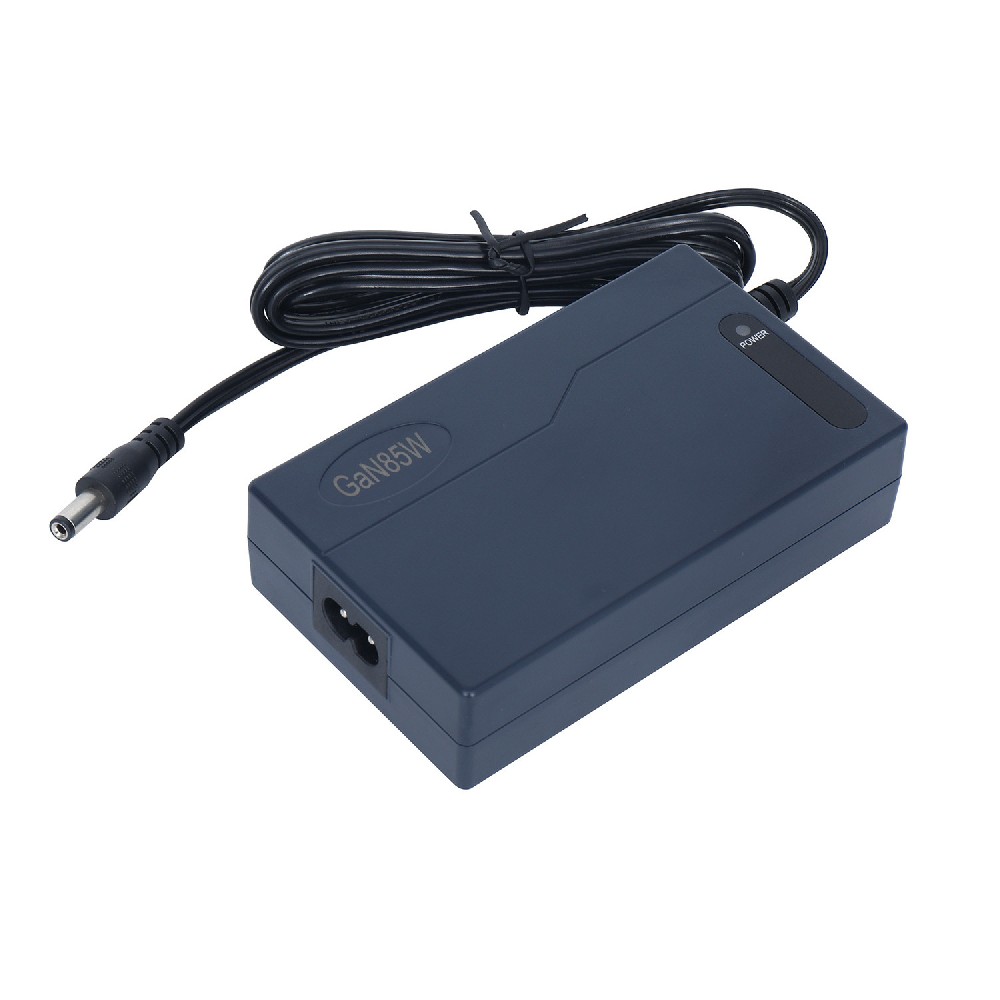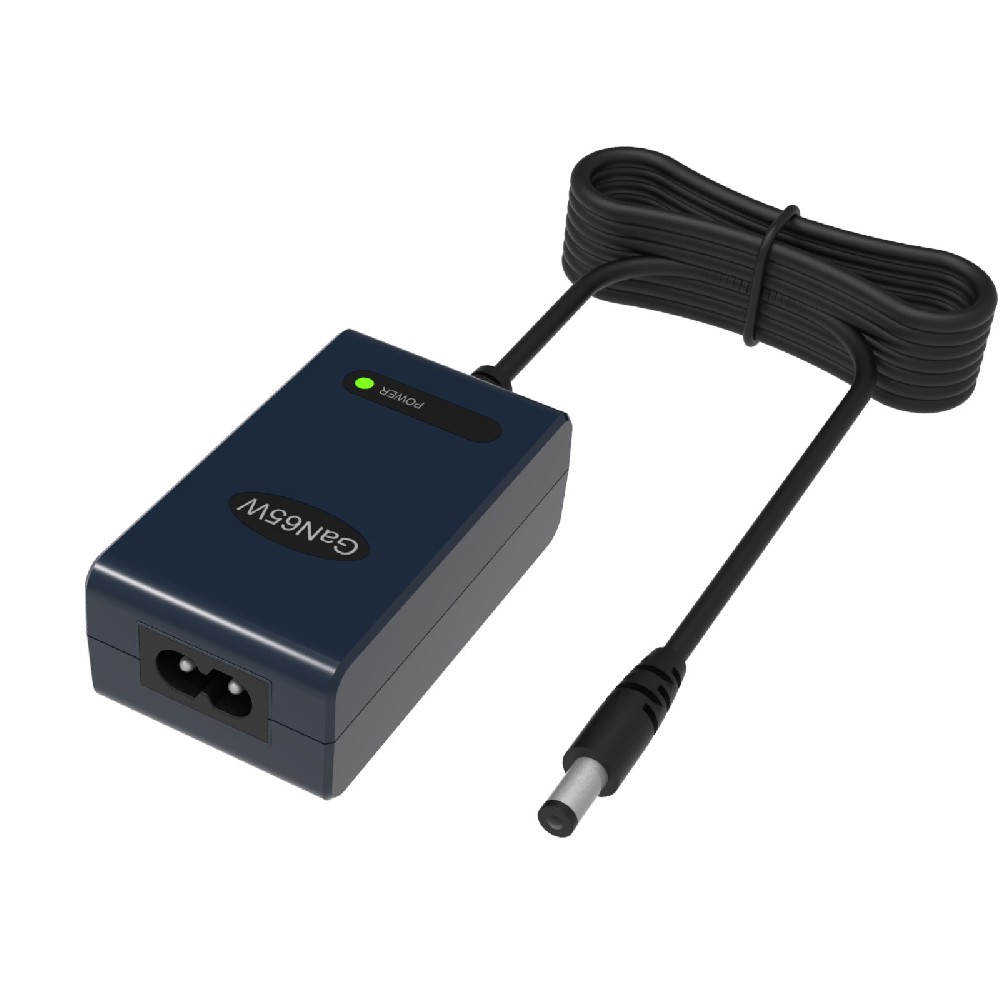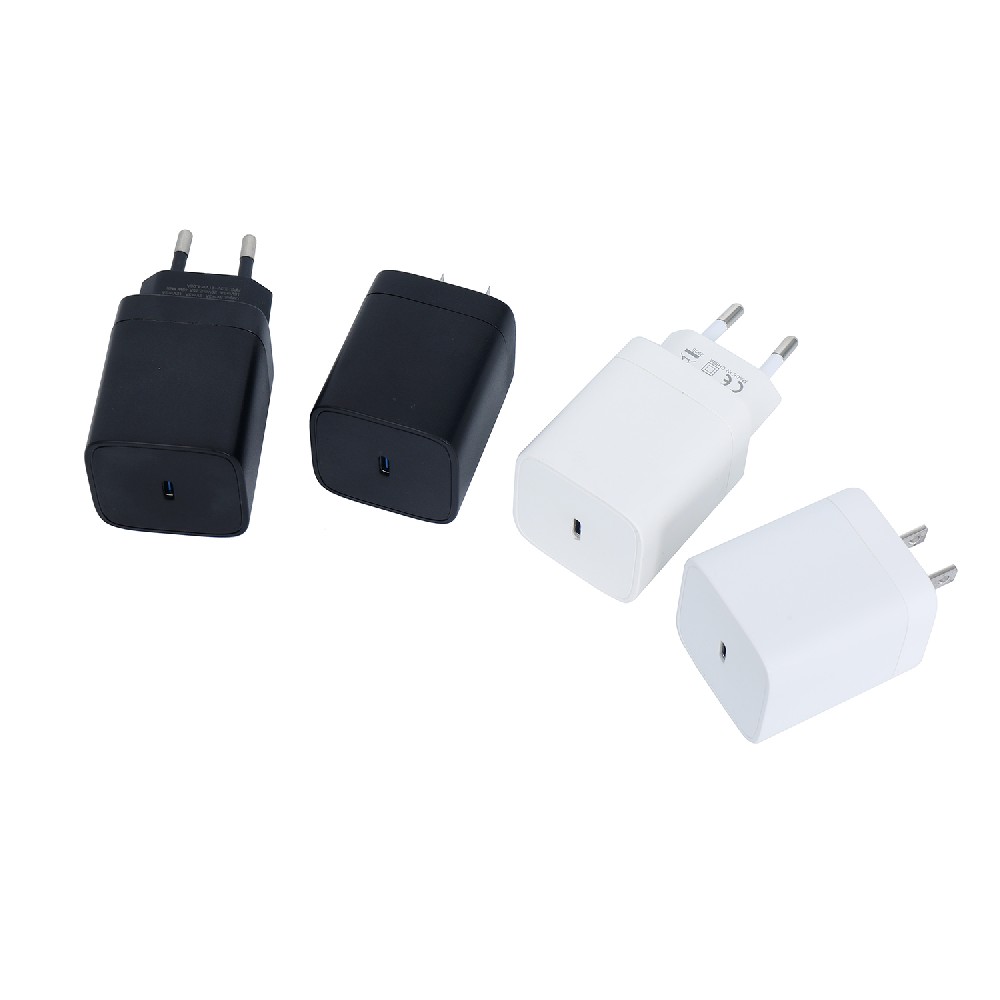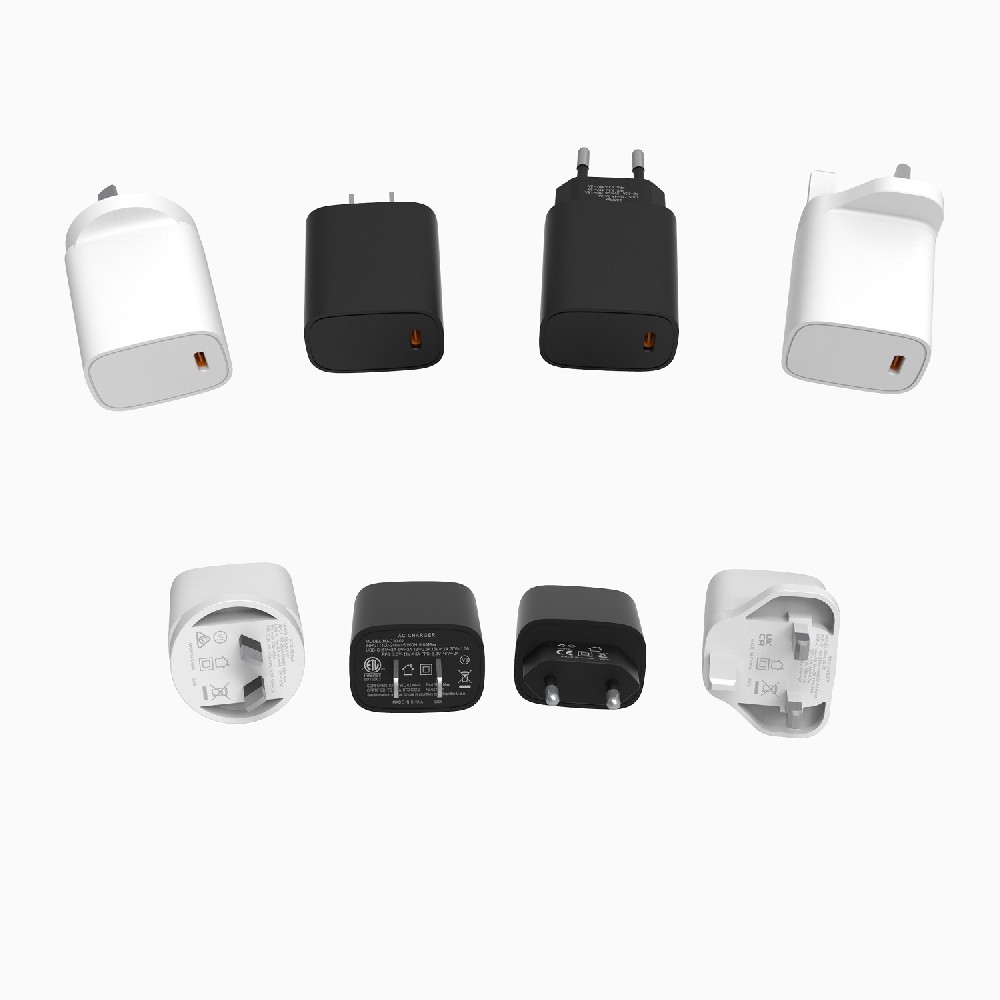Information Center
The Ultimate Guide to Charging Your Lithium-Ion Battery: Best Practices for Longevity and Performance
Published:2023-05-11 19:45:02 Author:Green WCND Views:58Lithium-ion batteries are widely used in electronic devices such as smartphones, laptops, and electric vehicles due to their high energy density and long cycle life. However, the charging process can affect the battery’s performance and lifespan. In this article, we will discuss the best way to charge a lithium-ion battery.

Firstly, it is important to use a compatible charger that matches the battery’s specifications. Using a charger with a different voltage or current can damage the battery and decrease its lifespan. Manufacturers usually provide a specific charger for their devices, and it is recommended to use it. Although third-party chargers may seem more affordable, they may not provide the same level of protection and safety features.

Secondly, it is best to charge the battery in a cool and dry environment. High temperatures can cause the battery to degrade faster, so it is important to avoid exposing it to direct sunlight or heat sources. Additionally, charging the battery in a humid environment can lead to corrosion or leakage. Charging the battery at room temperature (around 20-25 degrees Celsius) is the best option.
Thirdly, it is recommended to charge the battery slowly and avoid fast charging unless necessary. Fast charging generates more heat and puts more stress on the battery, which can reduce its lifespan. Some devices come with a fast-charging feature, but it is best to use it sparingly. Slow charging is gentler on the battery and allows for a more thorough charging process, resulting in a fuller charge.
Fourthly, it is best to avoid overcharging or undercharging the battery. Overcharging can cause the battery to overheat or swell, while undercharging can decrease its capacity and performance. Most devices come with a protection circuit that automatically stops charging once the battery reaches 100%. However, it is best to unplug the charger once the battery is fully charged to prevent overcharging.
Fifthly, it is recommended to avoid using the device while charging. Using the device while charging generates more heat and can cause the battery to degrade faster. It is best to let the battery charge fully before using the device.
Lastly, it is important to maintain the battery’s health by avoiding deep discharges and storage at full charge. Lithium-ion batteries perform best when they are kept between 20% and 80% of charge. Deep discharges and storage at full charge can decrease the battery’s capacity and shorten its lifespan.
In conclusion, the best way to charge a lithium-ion battery is to use a compatible charger, charge it in a cool and dry environment, charge it slowly, avoid overcharging or undercharging, avoid using the device while charging, and maintain its health by avoiding deep discharges and storage at full charge. By following these guidelines, you can prolong the battery’s lifespan and ensure optimal performance.
IntroductionGolf carts serve as vital transportation tools on golf courses, and their performance and reliability are crucial for enhancing player experience an···
The battery pack is the heart of a golf cart, silently powering every acceleration and climb on the green. However, battery degradation often goes unnoticed, mu···
The battery pack is the heart of a golf cart’s power system, yet maintaining it has long been a challenge for technicians. Traditional troubleshooting methods—···
For golf course managers, ensuring smooth and efficient operations is crucial for providing a memorable experience for golfers and maintaining the reputation of···





